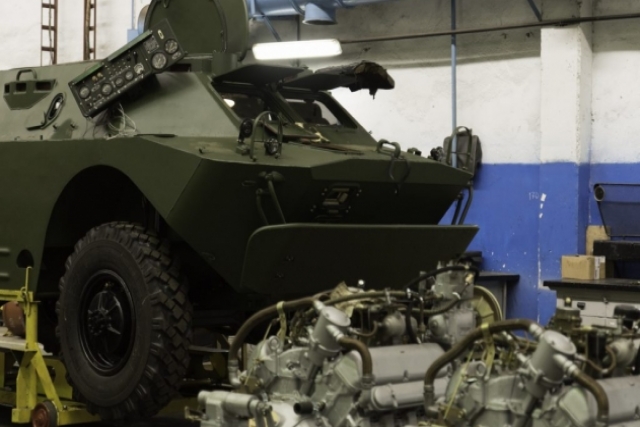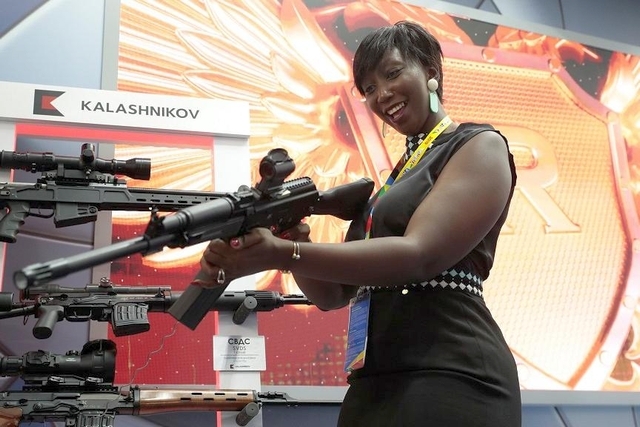Russia to Set Up Nuclear Warship Logistics Hub in Sudan

Russia plans to establish a military logistics hub for nuclear warships and station its vessels in the Red Sea city of Port Sudan that will allow it to ferry weapons in and out of the African nation.
As per the new draft deal published by the government recently, the Navy will station up to four warships and up to 300 service members in the Sudanese port. On November 11, Russia’s Meduza reported sighting four vessels resembling warships at the location.
Russia will also be able to import and export weapons, ammunition and supplies for the warships, duty-free and exempt from scrutiny. In return, Sudan will receive free assistance in search-and-rescue operations and support in anti-sabotage efforts from Russia.
The agreement states that the plan to open the hub “is defensive and not directed against other countries” and that it “meets the goals of maintaining peace and stability in the region.”
In May 2019, the two countries signed a seven-year military cooperation deal that gave Russian Navy access to Sudanese ports. Sudan’s Armed Forces are said to be 60% equipped with military hardware supplied by either the Soviet Union or Russia.
Germany’s Bild newspaper wrote in August citing a leaked secret German Foreign Ministry document that the Russians are building military bases in six African countries - Sudan, Central African Republic, Egypt, Eritrea, Madagascar and Mozambique.
Visit: SAHA EXPO, TURKEY -VIRTUAL AEROSPACE & DEFENCE EXHIBITION
"The date of the requested port call is being discussed. It will be approved if the two countries make an agreement. This deal will pave the way for more agreements and greater cooperation… possibly a Russian base on the Red Sea,” the head of Sudan's parliamentary defense committee, MG Al-Hadi Adam, had stated earlier, in December 2019.
Russia has emerged as the biggest supplier of weapons to Africa and accounts for half of the region’s arms market pie. Between 2015 to 2019, Africa has imported 49% of its military equipment from Russia, which is nearly twice the volume of that purchased from its next two suppliers- the United States (14%) and China (13%).













